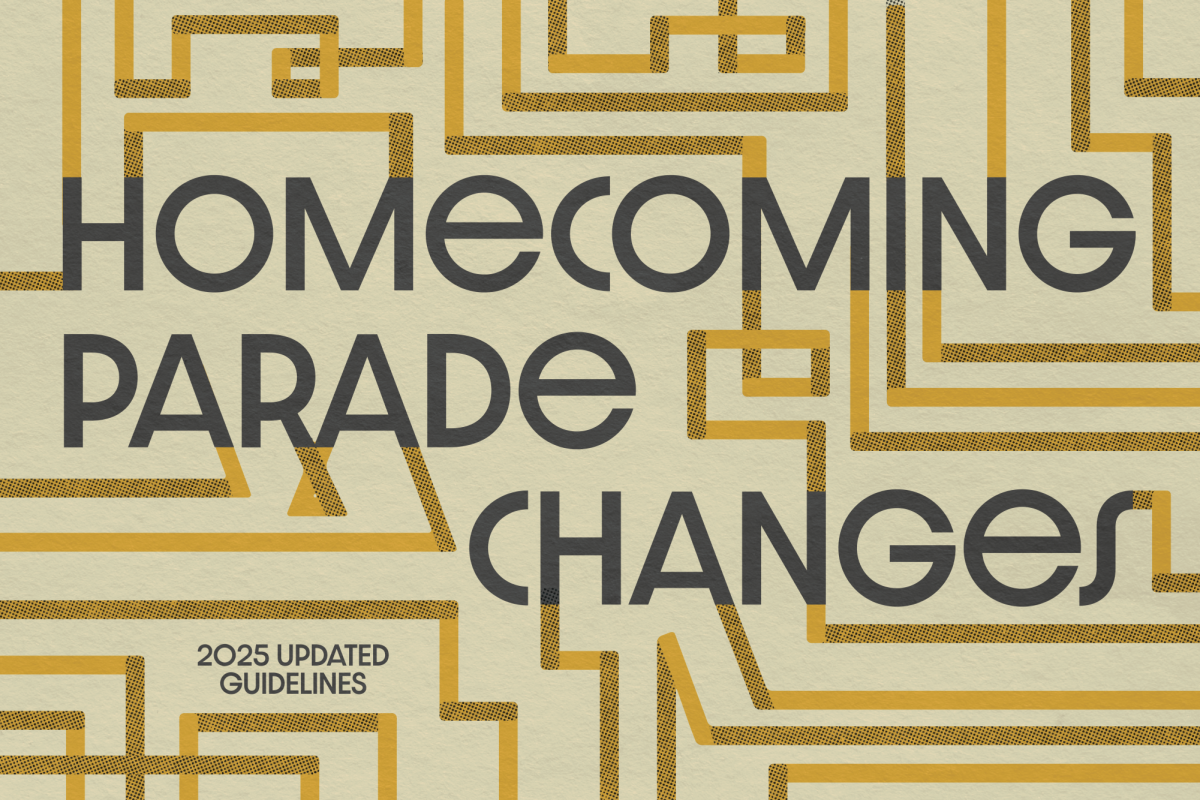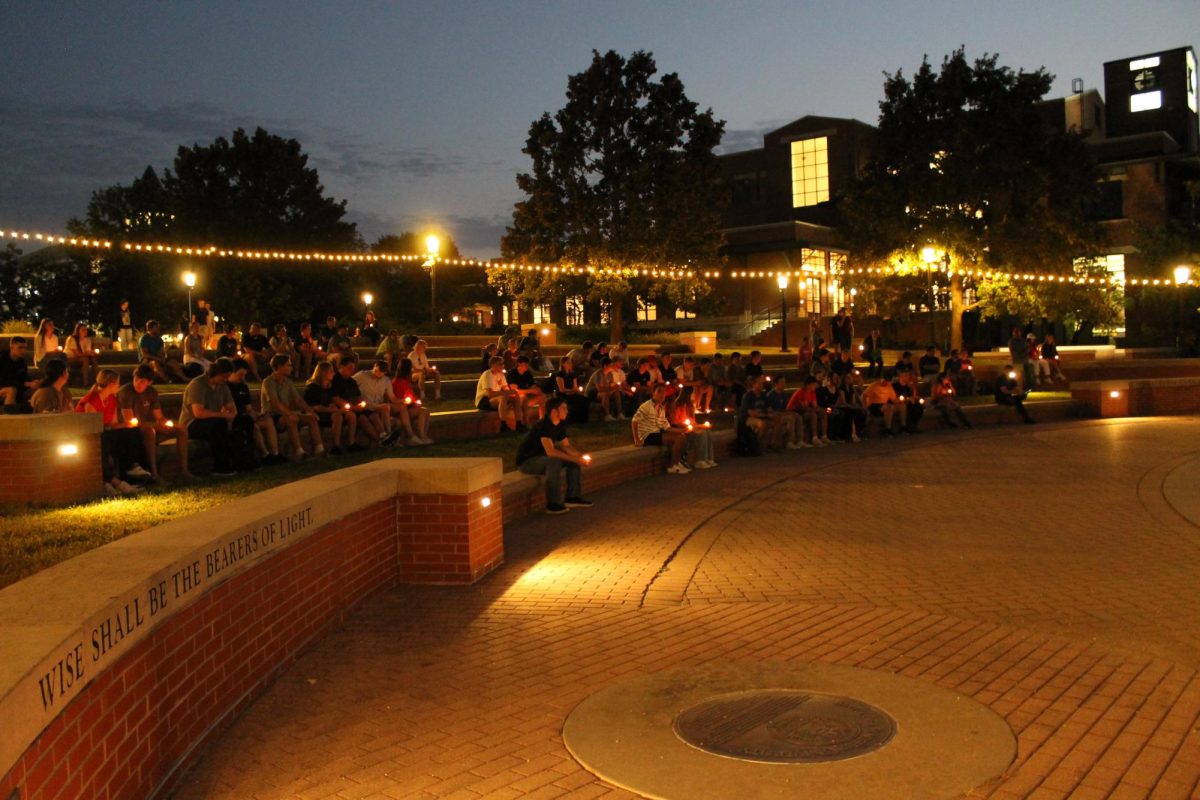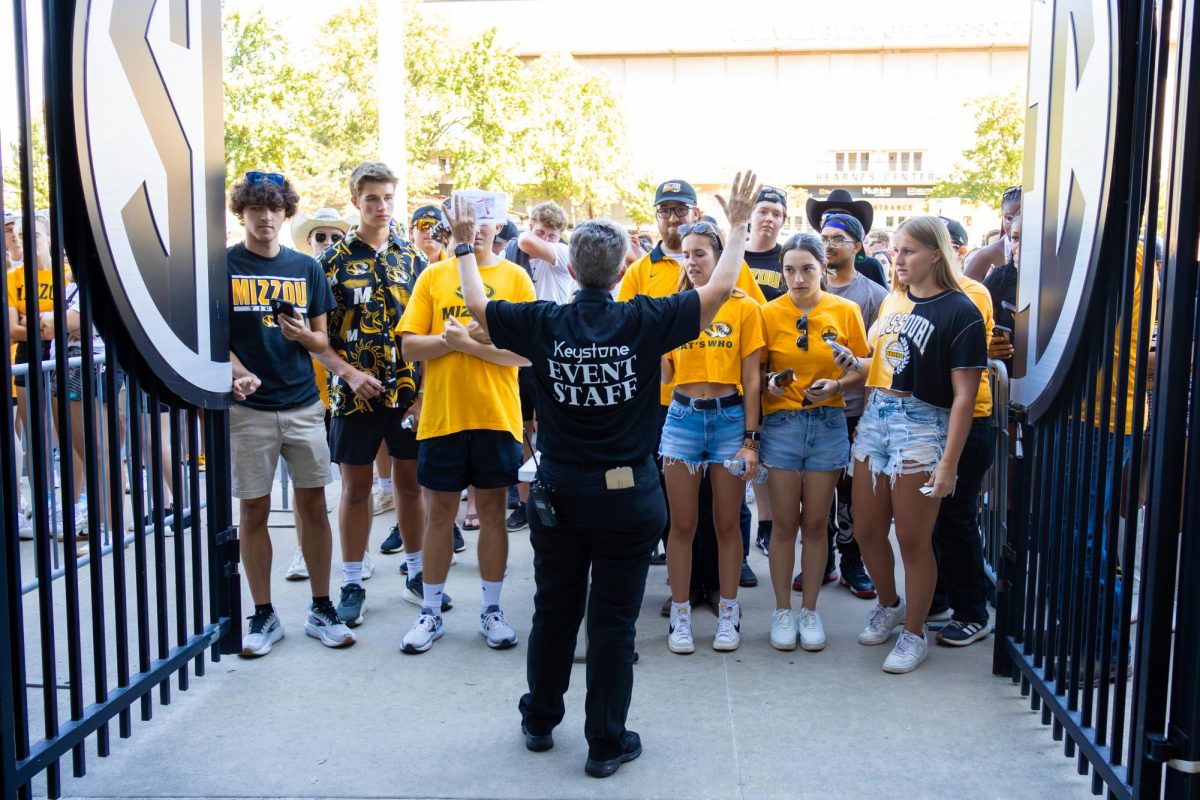As the lights dimmed at Whitmore Recital Hall, two men took the stage. One sitting at a piano and the other taking up a violin, they played a beautiful harmony only two skilled musicians could produce.
The two men were Peter Miyamoto, MU associate professor of piano, and guest artist Michael Heald, associate professor of violin from the University of Georgia. The pair met while studying music at Michigan State University and have performed together numerous times over the years in concert series, music festivals, and even abroad.
“(Michael and I) have known each other for 20 years,” Miyamoto said. “It’s really wonderful that now we have our own careers separately, both teaching and playing, but it’s so nice to come back together after all these years. It’s like conversing; you just fall back into a kind of rhythm.”
Miyamoto first began receiving formal music lessons at the age of 12.
“I started quite late,” Miyamoto said. “But for me, it was hearing a piece of music that I really loved. It was a Beethoven sonata called the ‘Pathétique.’ It just really caught my attention and after that I wanted to play and I asked my parents for some lessons and the rest is history.”
In contrast to his partner, Heald began studying music at 4 years old at his home in England.
“(Music) was in my family,” Heald said. “I ended up being the only professional, but my father was also a lover of music and all my siblings played. I was the youngest so I was hearing it from birth.”
As time progressed, both men began to wonder about their future in music.
“In high school, I played violin and the horn,” Miyamoto said. “I still love all instruments, but one thing (about pianists) is it’s like an orchestra. We don’t just play one line, we play all the lines, all the harmonies and all the different parts. That keeps us busy, but it’s also maybe more fulfilling in some ways.”
Heald also recounts being uncertain about his future as a musician.
“Being in music is a daily challenge,” Heald said. “In terms of trying to play your best, it’s a lifetime vocation. To be able to be paid for what I love to do is an achievement because I certainly grew up not believing I could make any money doing music, but I didn’t think of anything else I could do.”
Now both men are widely successful, having played in various venues across the United States and Europe.
“I’ve played important concerts in major venues,” Miyamoto said. “Those do just require kind of handling of your nerves, but for me the trick is it doesn’t really matter where you play. If you want to serve the music to the highest level, you’ve got to reach your highest level. So it doesn’t matter if it’s Carnegie Hall or Whitmore. Our job is to do our best to bring the music to life.”
The experience of both Miyamoto and Heald is obvious when they play on stage. Sophomore Jeanine Anderson, an audience member, said her favorite piece Miyamoto and Heald performed was the Elgar Sonata, a piece Heald said was written during World War I.
“I liked the range of emotions and the dynamics (of the piece),” Anderson said.
In addition to performing, both Miyamoto and Heald emphasized their passion for teaching music as well.
“The study of music is important for everybody because it teaches you everything you need to know about everything,” Heald said. “(When we perform), we are poets, we are architects, we are sculptors, we are actors, we are storytellers (and) we are athletes. Music is the one subject left where there are no short cuts. There’s no Google, there’s no Word, there’s no Wikipedia — you still have to learn it the way everybody else learns it. It is really about the development of the individual and a sense of purpose in life.”







